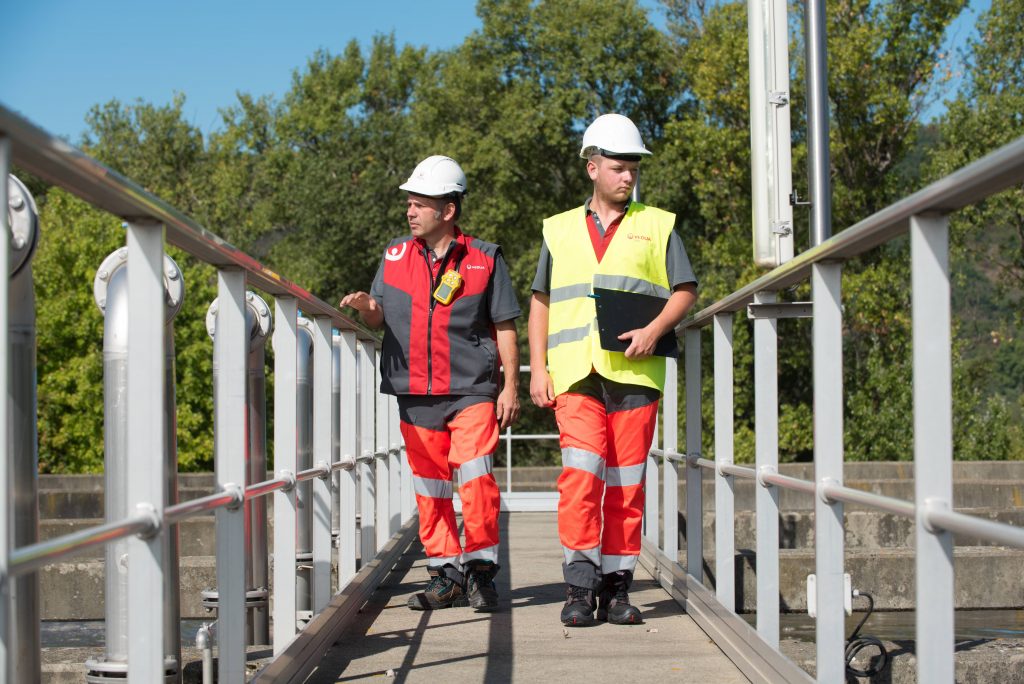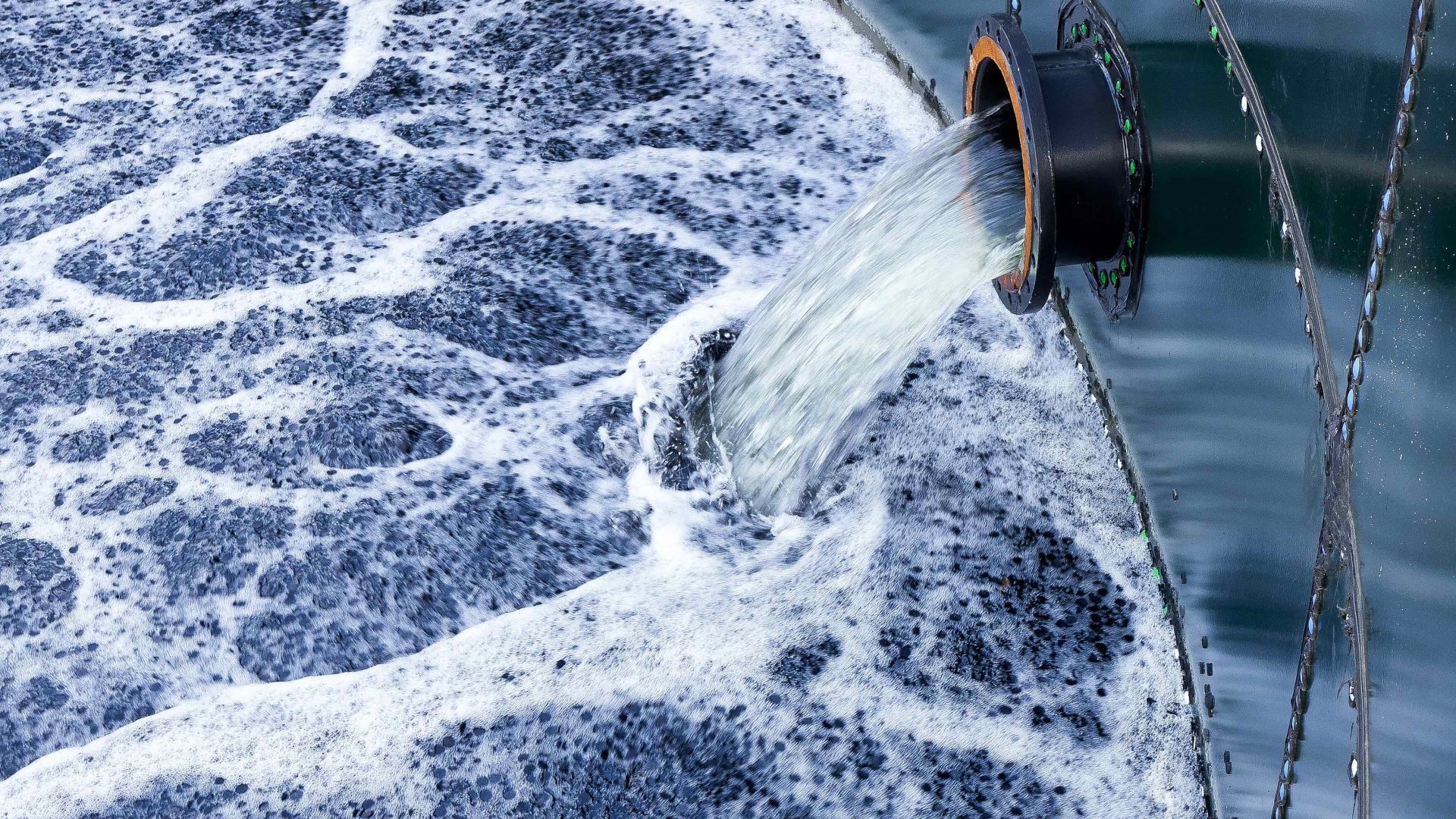Veolia Water Technologies UK (VWT UK) has supplied its leading Liquor Treatment Plant (LTP) HYBAS™ ANITA™ Mox technology to help meet the sludge treatment demands at a major Wastewater Treatment Works (WwTW).
The wastewater treatment works, which also includes energy generation facilities, had been recently upgraded to become a specialist sludge treatment centre – receiving sludge from eight other satellite sites in the local area. This sludge is treated using an anaerobic digestion process. The dewatering stage that follows produces liquids with a high ammonia content that need to be treated before being returned to the inlet of the WwTW. The increase in the volume of sludge treated at the site since the upgrade meant an effective new LTP system was required to reduce the ammonia levels and prevent disruption to the wastewater treatment plant.
Following a competitive tender process, VWT UK’s HYBAS™ ANITA™ Mox solution was selected, primarily due to its low total expenditure (TOTEX) requirements and low whole life cost (WLC). Additionally, the comparatively small footprint of the system was an advantage to make the best use of limited space on the site. VWT UK carried out in-depth design work to create a bespoke system based on the requirements of the site.

The HYBAS™ ANITA™ Mox solution can achieve a 90% reduction in ammonia and between 75-85% removal of nitrogen. Therefore, it could achieve the requirements of the site – an 85% reduction in ammonia and an effluent concentration of less than 225 mg/l of ammonia. It also had to have the capacity to treat a design load of 878 kg of nitrogen per day.
The ANITA™ Mox process enables both aerobic nitritation and anoxic ammonia oxidation to take place in a one-stage biofilm process. The ANITA™ Mox Moving Bed Biofilm Reactor (MBBR) treatment process uses suspended high surface area Anox Kaldnes plastic carriers, which are retained within the plant, to provide a large protected surface area for the biofilm and create the optimal conditions for biological activity. It offers a cost effective alternative to the conventional nitrification/denitrification process as it provides up to 60% savings on aeration costs and does not require the addition of carbon.
The HYBASTM technology adds integrated fixed-film activated sludge (IFAS) to the ANITA™ Mox process to increase the efficiency. Furthermore, the HYBAS™ ANITA™ Mox system operates most efficiently at around 30°C. Therefore, at this WwTW, heat from the on-site Thermal Hydrolysis Plant (THP) is used to achieve the target temperature and further lower the operational expenditure (OPEX).
In addition, the WwTW benefits from VWT UK’s Hubgrade Performance plant system. This system uses wireless sensors to track and monitor the wastewater characteristics with a sophisticated algorithm-based approach to optimisation maximising the efficiency of the plant for better performance and lower costs.



